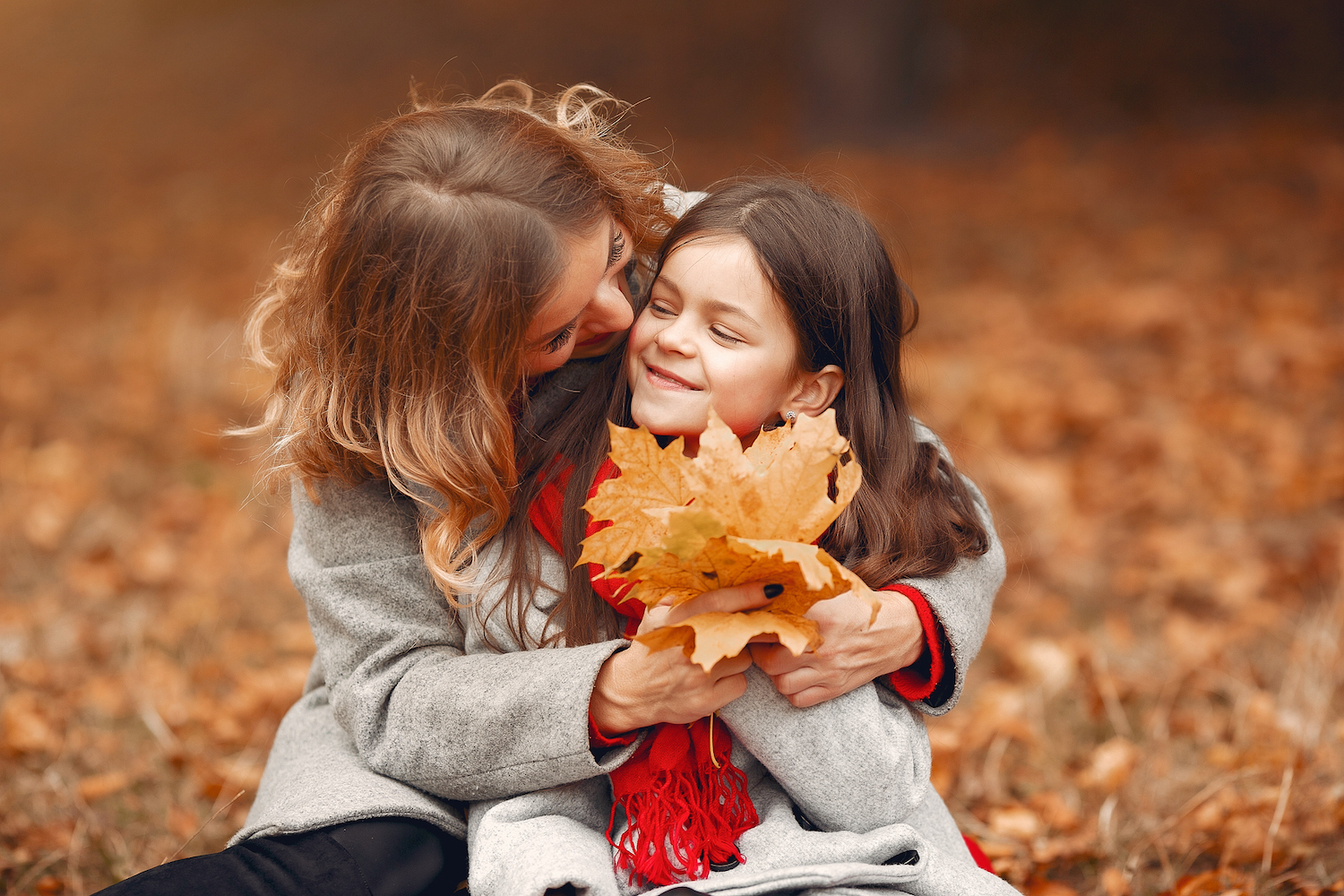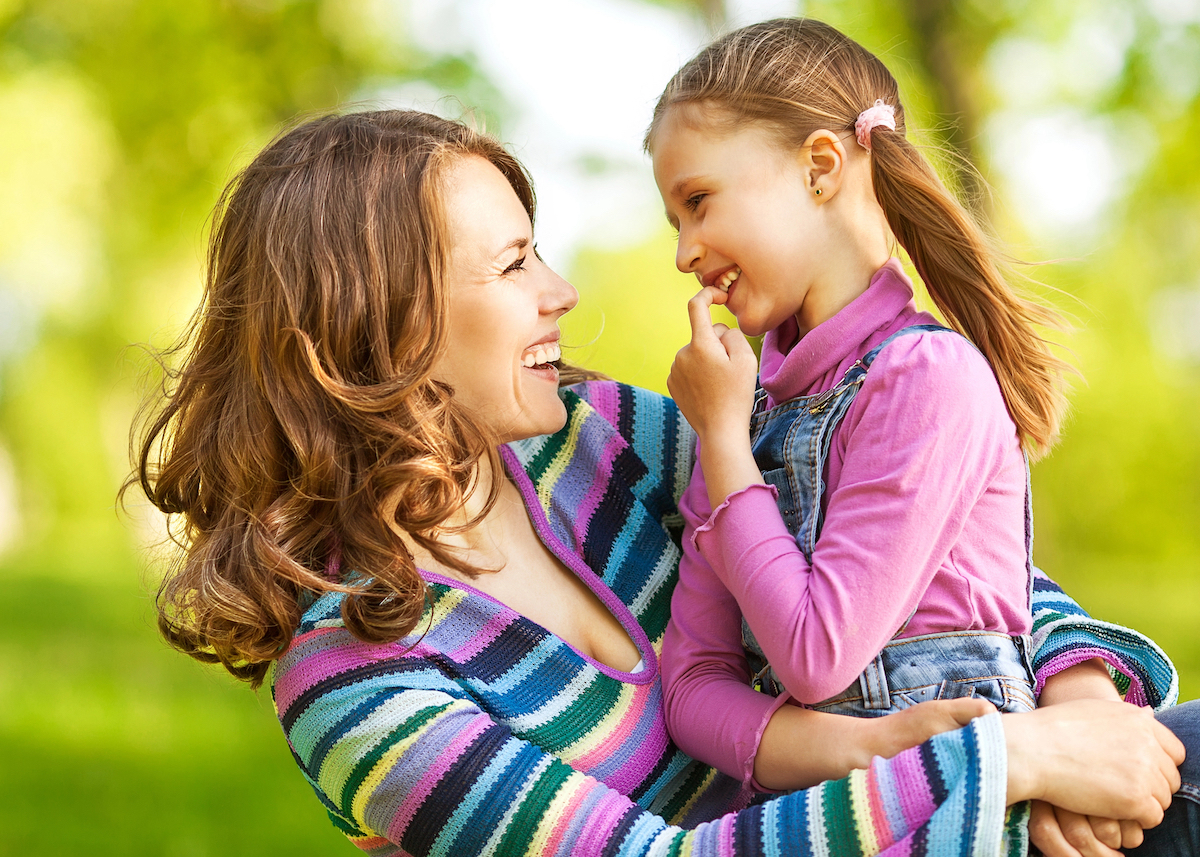It’s 7:45 AM, and five-year-old Eli shadows his father’s every move. As his dad shaves, Eli mimics the action with a toothbrush. When the bathroom drawer slams shut, Eli does the same. Moments later, he sits at the breakfast table, lets out a deep sigh, and quietly mirrors the stress he sees—but doesn’t yet understand.
This ordinary morning routine reveals something extraordinary: children don’t just inherit traits—they absorb them. From our expressions and emotions to our reactions and routines, young children are biologically wired to mirror the behaviours of their caregivers. Long before they can articulate their feelings or beliefs, they’re busy building their personalities through observation, imitation, and emotional attunement.
What they see in us becomes the foundation of who they are becoming.
This seemingly mundane moment reveals something profound: a child’s personality isn’t merely inherited. It is absorbed, shaped, and mirrored through every sigh, smile, and slip-up of their closest adult relationships.
🚀 Did You Know?
By age 7, a child’s core personality traits are largely set, according to leading developmental psychologists. Traits such as emotional sensitivity, sociability, and resilience are deeply influenced by early experiences, especially with parents and primary caregivers. The interactions, language, and emotional environment a child grows up in don’t just shape behaviour—they help wire the brain’s architecture, laying the groundwork for lifelong patterns.
🧘 Your Calm is Contagious: Emotional Regulation and Modelling
Children enter the world biologically primed to tune into the emotional signals of their caregivers. A groundbreaking 2023 study in JAMA Pediatrics found that children exposed to consistent parental responsiveness and calmness in early years develop stronger neural pathways responsible for emotional regulation, empathy, and stress management.
When parents respond calmly to tantrums, fear, or frustration, they’re doing more than “keeping cool” — they’re teaching the child’s brain how to do the same. This doesn’t mean suppressing emotions; it means validating big feelings without alarm or dismissal. For example, saying, “I see you’re upset, and that’s okay,” helps children learn that emotions are safe to express and manage.
This emotional regulation modelled by caregivers becomes a child’s blueprint for handling life’s inevitable ups and downs. When a parent stays grounded, the child’s nervous system mirrors this stability, fostering resilience that lasts well into adulthood.
💡 “The way you talk to your child becomes their inner voice.”
— Peggy O’Mara
👀 The Imitation Game: Children Copy Who We Are, Not What We Say
From tone of voice to coping strategies, a child’s first template for navigating the world comes from home. They don’t just learn to say “please” and “thank you”—they learn how to feel, respond, and relate.
From the moment they wake, children are silent observers and active learners of human behaviour. They don’t just memorise words or manners—they absorb tones, facial expressions, body language, and problem-solving styles.
Psychologist Dr. Alison Gopnik calls children “little scientists,” constantly testing hypotheses about how the world works by observing their caregivers. This explains why simply telling children “be kind” isn’t enough if they regularly witness frustration or impatience at home. Children take cues from what we do far more than what we say.
For example, a parent who handles conflict with patience teaches their child to approach disagreements thoughtfully. Conversely, a parent who responds with anger may unwittingly train a child to react defensively or aggressively.
Experts at Sydney University’s Parenting Brain Lab emphasise that children benefit most when parents are fully present and engaged, rather than striving for perfection. It’s the consistent attention and authentic connection from caregivers that shape a child’s emotional and social growth more than flawless parenting.
“Children don’t need perfect parents, they need present ones,“ says Dr. Emily Rojas, Clinical Child Psychologist at the Parenting Brain Lab, Sydney University.
💓 Attachment: The Original Blueprint for Self-Worth
Secure attachment isn’t just a buzzword, it’s the foundation for confidence, self-acceptance, and the ability to form healthy relationships.
In cultures where caregivers respond consistently and sensitively to a child’s needs, children tend to grow into emotionally resilient adults. In contrast, inconsistent or emotionally absent parenting can foster insecurity or people-pleasing tendencies later in life.
According to Dr. Daniel Siegel and Dr. Tina Payne Bryson, the parent-child relationship plays a powerful role in shaping a child’s developing brain. Secure attachments promote the growth of neural pathways responsible for empathy, emotional regulation, and social connection. Rather than being a static condition, attachment is a dynamic, ongoing exchange—what they call a “dance”—between caregiver and child, influencing the very foundation of personality and behaviour.¹
Attachment is the invisible thread that weaves safety and belonging into a child’s emotional and cognitive development. When caregivers respond with warmth and reliability, they nurture a deep sense of trust and internal security.
Children also absorb far more than words. Their brains are wired to observe nonverbal communication—tone of voice, facial expressions, body language—and integrate these cues into their understanding of how to navigate relationships and the world.
🧠 “Secure attachment literally changes the architecture of the brain.”
— Dr. Daniel Siegel
🌍 Culture Counts: A Global Lens on Personality Development
Not all parenting styles are created equal—or identical. In collectivist cultures like Japan, children are taught early to prioritise empathy, self-restraint, and social harmony. In contrast, Western cultures often encourage independence and assertiveness.
Furthermore, many Indigenous Australian parenting practices emphasise connection to community and land, weaving identity and personality through cultural stories and shared responsibility. These diverse approaches highlight how culture and parenting norms shape who children become.
Parenting is profoundly shaped by culture, and culture, in turn, influences personality development. Different societies emphasise varying traits as virtues, affecting how children learn to relate to themselves and others.
In collectivist cultures such as Japan or many Indigenous Australian communities, traits like empathy, social harmony, connection to community, and respect for elders are foundational. Children learn early that their identity is interwoven with the group’s well-being and the land.
Western cultures often prize independence, assertiveness, and self-expression, encouraging children to develop unique personal voices.
Neither approach is “right” or “wrong,” but each shapes different facets of personality. Understanding cultural context helps parents appreciate diverse pathways to healthy development and reminds us that personality is not just innate—it is also a cultural script written by family, community, and history.
🗣️ Shaped by Words: How Language Influences Identity
Words spoken to a child become the scripts they replay in their mind for years to come. Label a child as “shy,” and they may shrink into that identity. Celebrate their bravery, and you reinforce a sense of capability.
Language doesn’t just describe; it creates. Neuroscience now shows that repeated verbal affirmation helps solidify neural pathways tied to self-belief. What you say today becomes how your child speaks to themselves tomorrow.
Words spoken to children are not just sounds—they are seeds that grow into the stories they tell themselves.
If a child is repeatedly labelled as “shy” or “difficult,” they may internalise those traits, limiting their own possibilities. Conversely, praising effort (“You worked so hard on that puzzle!”) reinforces a growth mindset, encouraging persistence and resilience.
Neuroscience shows that repeated verbal affirmations help build neural pathways that support positive self-concept and confidence. This is why mindful language use is a powerful tool in parenting.
Language creates reality: the way you speak to your child shapes their inner dialogue and how they view themselves and the world.
🚫 Myth Buster: Temperament Isn’t Destiny
It’s easy to assume a child’s temperament is fixed at birth—whether they’re “easygoing” or “fiery.” But while temperament provides a foundation, environment and caregiving shape how those traits develop over time.
Supportive, responsive relationships can soften challenging temperaments and amplify positive traits. Stressful or neglectful environments can intensify difficulties.
Personality is a living interplay of biology and experience, not a rigid script.
Myth: “Kids are born with a fixed temperament.”
Truth: While temperament plays a role, a child’s environment and relationships significantly shape personality and behavioural outcomes.
💬 From the Frontline: A Parent’s Perspective
Sarah, a Melbourne mum of three, shared this with us:
“I used to think I needed to be perfect. But when I let myself show vulnerability and apologise, my kids actually became more compassionate and less reactive. They learn more from my humility than from my so-called strength.”
Her story highlights a profound truth: children learn authenticity and emotional courage from caregivers who show up as human, not flawless.
Truth: While temperament plays a role, a child’s environment and relationships significantly shape personality and behavioural outcomes.
🛠️ Practical Parenting Tools Backed by Science
Want to build a thriving personality in your child? Try these expert-backed techniques:
-
🧠 Name It to Tame It: Label emotions out loud.
“You’re feeling frustrated because the blocks fell over. That’s okay.” -
🔄 Serve and Return: Respond to your child’s attempts to connect. Eye contact, nodding, and back-and-forth conversation build trust and cognition.
-
🗣️ Mindful Language Swaps: Instead of “You’re so smart,” try “You worked so hard on that!” This builds a growth mindset.
-
💬 Emotion Coaching: Validate before correcting.
“I see you’re upset. Let’s talk about what happened.”
🎥 Further Learning & Multimedia
Explore Dr. Gabor Maté’s insightful talks on parenting and emotional connection to deepen your understanding.
📚 Further Reading and Resources
-
The Whole-Brain Child by Dr. Daniel Siegel and Tina Payne Bryson
-
Raising an Emotionally Intelligent Child by John Gottman
✨ Quick Takeaway
-
Children mirror emotional patterns from their caregivers.
-
Attachment styles shape confidence and future relationships.
-
Language reinforces or reshapes identity.
-
Culture influences foundational traits.
-
Daily interactions are developmentally powerful.
🧭 Closing Reflection & Challenge
The next time your child throws a tantrum or offers an unexpected hug, pause. Ask yourself: what are they absorbing from me right now? Because the truth is, we’re not just raising kids. We’re shaping future adults who will speak, feel, and respond with the echoes of our everyday choices.
Tonight, reflect on one moment you can slow down and model the calm you wish to see in your child. They’re watching—and learning—from you.
📚 Sources
- Siegel, D. J., & Bryson, T. P. (2011). The Whole-Brain Child: 12 Revolutionary Strategies to Nurture Your Child’s Developing Mind. Delacorte Press.
- Gopnik, A. (2009). The Philosophical Baby: What Children’s Minds Tell Us About Truth, Love, and the Meaning of Life. Farrar, Straus and Giroux.
- JAMA Pediatrics (2023). Parental Responsiveness and Early Brain Development: A Longitudinal Study.
- Harvard University’s Center on the Developing Child. Serve and Return Interaction Shapes Brain Architecture. https://developingchild.harvard.edu
- Parenting Brain Lab, University of Sydney. Emotional Regulation and Parental Presence in Early Childhood.
- Circle of Security International. Attachment Theory in Practice.
- Gottman, J. (1997). Raising an Emotionally Intelligent Child. Simon & Schuster.









